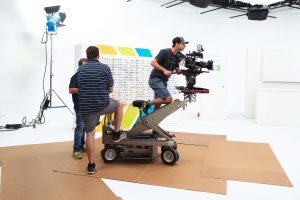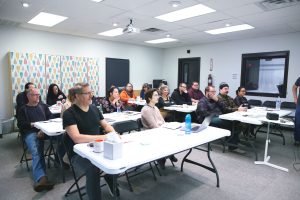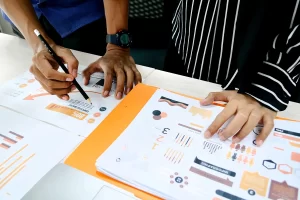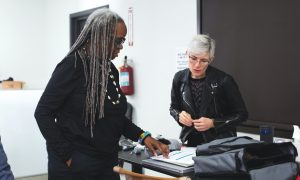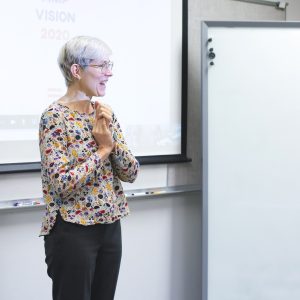A Renewed Focus on the Learner
Learning is undergoing a major shift, placing more focus on the learner than ever before. For years, however, content reigned king. This meant all learners were often presented with the same material–despite their backgrounds, learning styles and prior knowledge.
Now, with enhancements in technology and changing workforce dynamics, learning is increasingly centered around learner needs. It is now necessary for learning designers to meet learners where they are and understand not only what they want to learn, but also how they want to learn it.
What is Human-Centered Design?
Human-centered design (HCD) is a problem-solving model that puts the human perspective at the center of every step of the process. Rather than creating content in a vacuum, human-centered design is about understanding the problem directly from the people who face it. Learning designers collaborate with their students to design, iterate and finalize a solution that works for them.
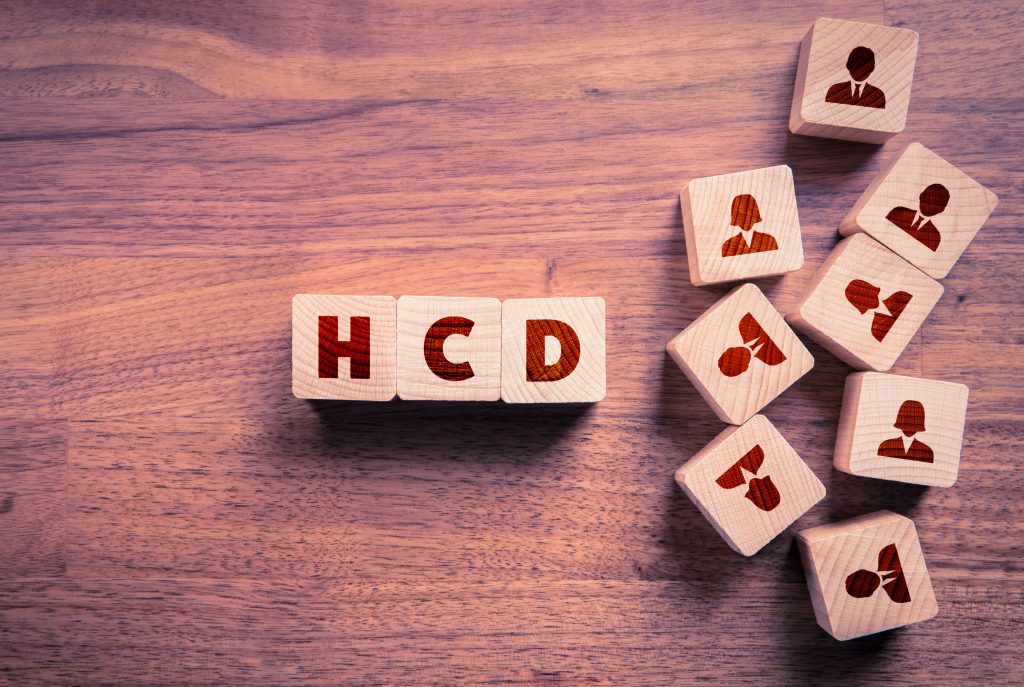
When a learner is present for the ideation stage of a learning experience, it’s easy to identify and pivot on a solution that doesn’t work for them. Human-centered design focuses on the people, the problem and the ability to keep iterating on solutions in changing environments.
Partner with AMP to unlock your team’s design capabilities.
Try a collaborative human-centered design session guided by our experts.

Designing with the Learner in Mind
Placing learners at the center of the design process requires that we really listen to their needs. In doing so, we appeal to how they learn, when they want to learn and how much they want to learn. Then, learners have ample time to internalize the knowledge and apply it to their respective contexts. It enables learning to become a continuous journey rather than a one-time event that becomes obsolete once the experience is over.

A human-centered design approach allows for differentiation, taking one person from point A to point B and another from point X to point Y. This is the purpose of modern learning goals – meeting people where they are. The learning strategist must become an empath for the learner, situating themselves in their day-to-day reality.
L&D professionals must ask themselves:
- How does my diverse learner population learn?
- Where do they learn?
- What do they need to learn?
- What goals might they have for themselves?”
These answers differ from learner to learner, even within the same organization and team. A designer must understand each type of “learner persona” and ensure their learning toolbox has something in it for everyone.
Ready to start designing your learning experiences with your users in mind?
Try a collaborative design session guided by our experts.

This requires us, as learning designers and strategists, to hone the craft of perspective taking, actively sitting in the shoes of our learners, asking tough questions about their everyday lives and designing learning solutions with the learners at the heart of the process.
A human-centered design approach allows for differentiation, taking one person from point A to point B and another from point X to point Y. This is the purpose of modern learning goals – meeting people where they are.
Think of the industry, the organization’s culture, the people’s working styles and their own familiarity with the learning or lack thereof. How can we design learning that helps them achieve their growth and development paths? These questions and few minutes of perspective taking help us as designers become co-designers, we are designing in alignment with the students rather than in opposition to them. And that is what makes a learning journey successful.

The human-centered design model has flipped the traditional content model on its head. While content is still important, now the learner is king. Learning should appease the learner’s mindset, their abilities, start at their point of knowledge and take learning up a notch from what they already know into the domain of the unknown.
Want to bring human-centered design to your organization, but uncertain on the first step?
AMP Creative’s discovery & learning strategy sessions set organizations up for success by building a blueprint for your company’s unique needs – with your learners at the center. You’ll discover human-centered design methodology as well as gain the tools, techniques and next steps for implementation.




